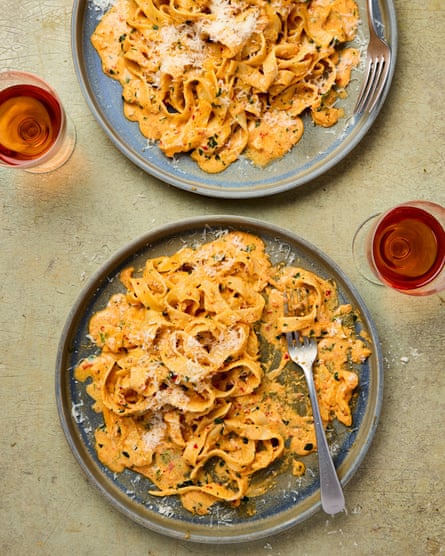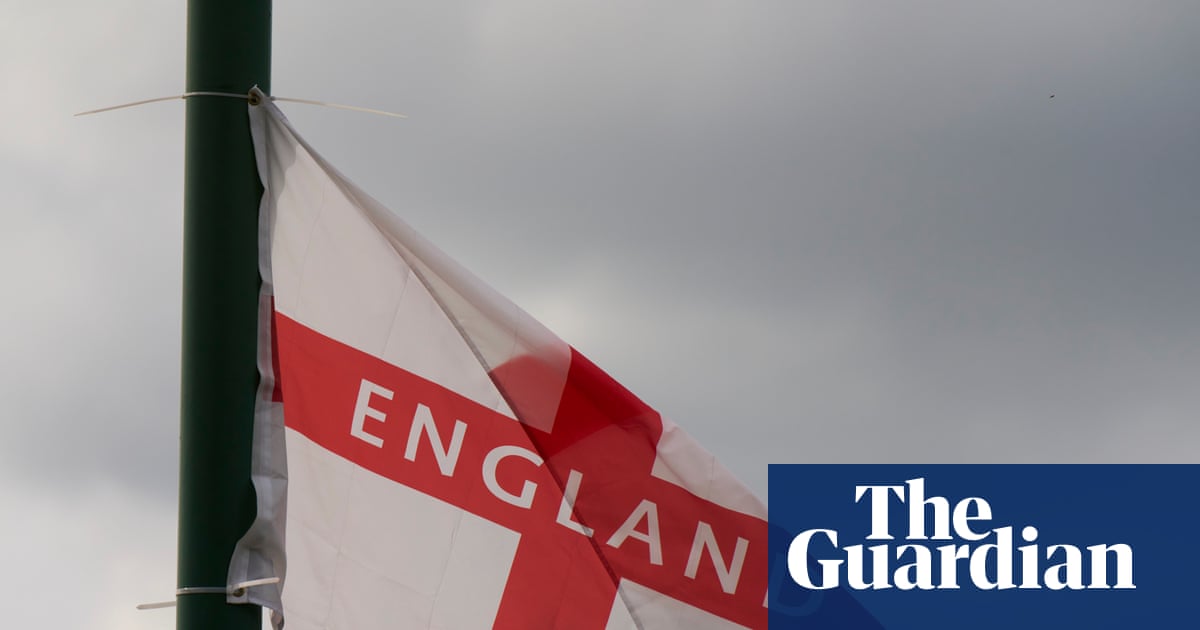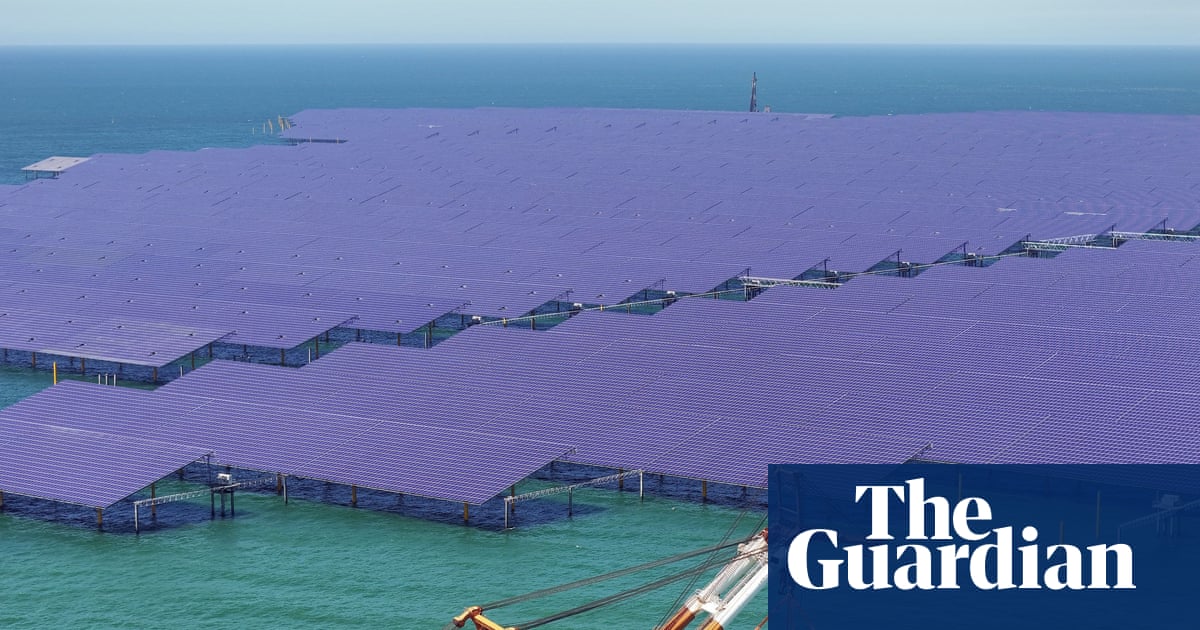My compass for what we cook at our restaurants is primarily governed by the weather, because food tastes better when it matches how your body feels. In the UK, with its distinct seasons, that weather influences mood, so pairing the right dish with the climate and season feels deeply nourishing, and goes far beyond mere sustenance. To me, pasta is the most versatile of food types and lends itself perfectly to such seasonal cooking: a walk through damp woodland, say, often makes me crave wild mushrooms, sauteed with garlic and herbs, then tossed with fettuccine, while, as the days shorten and the air cools, a slow-cooked game ragu with penne always hits the spot, as does a warming blast of ’nduja in a creamy sauce. And when indulgence calls, a rich walnut, egg and parmesan sauce is wickedly satisfying.
Pappardelle with parmesan, creme fraiche and toasted walnuts (pictured top)
You need to be hungry for this one, and I recommend eating it after you’ve done some form of exercise, so you feel as if you’ve earned it. It’s supremely indulgent and naughty, but boy oh boy is it good. The sauce also works with fresh stracci, or dried penne and rigatoni.
Prep 10 min
Cook 30 min
Serves 4
Sea salt and black pepper
200g creme fraiche
2 tsp marjoram leaves
200g parmesan, finely grated, plus extra to finish
50g unsalted butter
40g shelled walnuts
450g fresh pappardelle, or dried
4 egg yolks (optional)
Bring four to five litres of water to a boil in a large pot and add a fistful of salt. Put the creme fraiche, marjoram, a good pinch of ground black pepper, the grated parmesan and 20ml cold water in a nonstick saucepan and stir over a very low heat for five to eight minutes, until they melt into a smooth, oozy sauce; make sure the sauce doesn’t boil, otherwise it will split. Take off the heat.
Melt the butter in a frying pan on a medium-low heat, then add the walnuts and saute, stirring, for two minutes, until lightly toasted. Tip on to a plate lined with kitchen paper to drain and cool, then roughly chop or pound into 5mm pieces.
Loosen the fresh pasta bundles with your fingers, so they won’t stick together as they cook, then drop into the boiling water and cook for a minute to a minute and a half; if using dried pappardelle, cook for eight to 10 minutes, or according to the packet instructions, until al dente. Drain the pasta, saving two mugs of the cooking water.
Off the heat, return the pasta back to the empty pot, add half a mug (about 120ml) of the reserved water and stir. Add the parmesan and creme fraiche sauce, using a spatula to scrape all of it out of the pan, then stir over a low-medium heat for about a minute, until the liquid reduces a bit and the sauce turns oozy; if the sauce seems a bit dry, add splashes of the reserved water to loosen it, and keep stirring until you hit that sweet spot. Taste and adjust the seasoning, if required.
Divide the pasta and sauce between four hot plates, sprinkle over the nuts and, if you’re feeling racy, nestle an egg yolk in the centre. If you’ve added the egg yolk, encourage your guests to stir it into the pasta before they start eating, so the residual heat gently cooks it. Eat immediately, topped with more grated parmesan, if you like. I’d recommend crunchy bread on the side to mop up the sauce.
Fettuccine with ’nduja, lemon and mascarpone

I’ve always wanted to make a pasta dish using ’nduja where the chilli doesn’t blow your head off. Here, the addition of mascarpone mellows the spiciness of the sausage and creates a smooth, creamy yet rich sauce. The strength of ’nduja varies, so you may need to use a bit more or less – taste it first and adjust accordingly. The acidity in the lemon, meanwhile, brings balance, harmony and zing. This sauce also works well with fresh pici, or dried spaghetti, bucatini, linguine, penne, fusilli and farfalle.
Prep 10 min
Cook 30 min
Serves 4
About 75g ’nduja
500g mascarpone
Finely grated zest and juice of 1 lemon
Sea salt
450g fresh fettuccine, or dried
4 tbsp finely chopped flat-leaf parsley
Parmesan, finely grated, to finish
Put the ’nduja in a bowl and bring to room temperature, so it becomes malleable. Add the mascarpone and lemon zest, and mix to a smoothish paste. It can now be stored in a sealed container in the fridge for up to five days.
Bring four to five litres of water to a boil in a large pot and add a fistful of salt. Put the ’nduja-mascarpone paste in a pan large enough to hold the cooked pasta easily. Add half a mug (about 120ml) of the salted pasta water and heat gently, stirring, to melt the paste and create a sauce. Take off the heat.
Loosen the fresh pasta bundles, so they won’t stick together as they cook, then drop into the boiling water and cook for a minute to a minute and a half; if using dried fettuccine, cook for eight to 10 minutes, or according to the packet instructions, until al dente. Drain the pasta and reserve two mugs of its cooking water.
Transfer the pasta to the pan of ’nduja sauce and add half a mug (about 120ml) of the reserved water, the lemon juice, chopped parsley and a pinch of salt. Stir vigorously for at least 30 seconds, until the sauce is mixed around the pasta and turns smooth and creamy; if the sauce seems too dry, add splashes of reserved pasta water to loosen it as you stir. You want the strands to slide freely over each other, and for a layer of sauce to cover the bottom of the pan; my visual reference for the sauce is a slow-moving lava field. Taste and adjust the seasoning, if required.
Serve on hot plates with a creamy halo of sauce all around the pasta, then finish with grated parmesan. The sauce sucks up the parmesan quickly and can easily become dry, so be sure to have that excess halo around the plated pasta.
-
Tim Siadatan is co-founder of Trullo and Padella, both in London. These recipes are edited extracts from Padella: Iconic Pasta at Home, by Tim Siadatan, published this week by Bloomsbuy at £25. To order a copy for £22.50 go to guardianbookshop.com

 1 month ago
36
1 month ago
36

















































